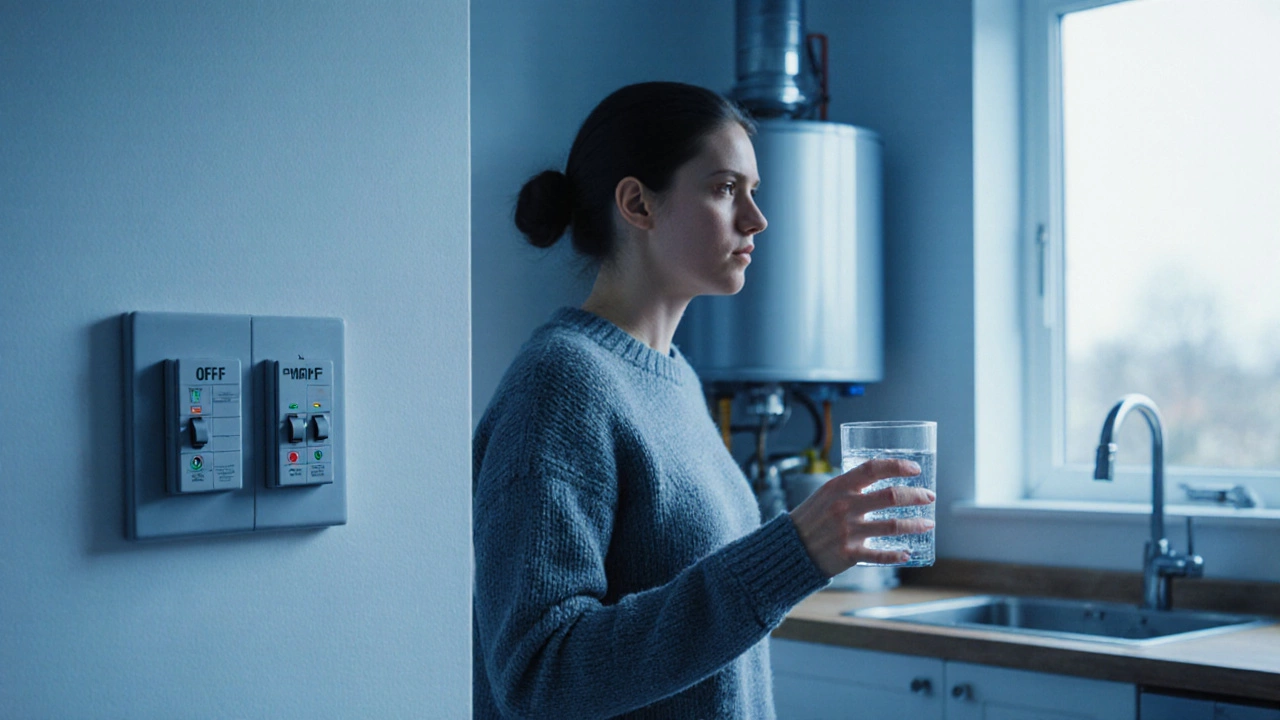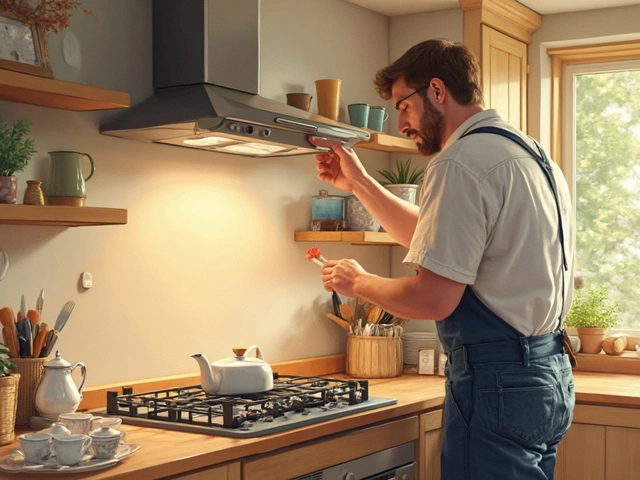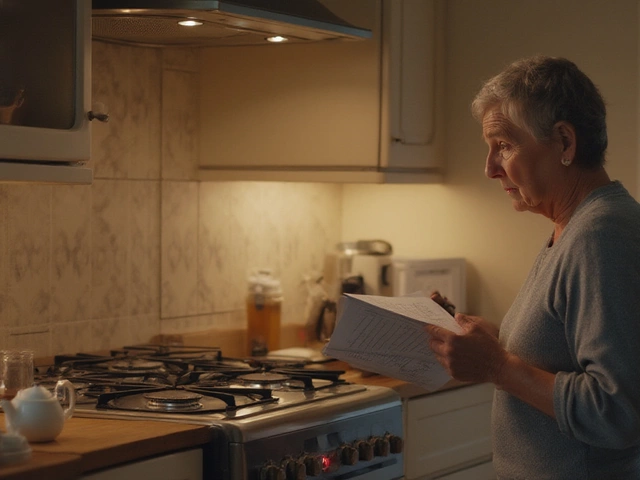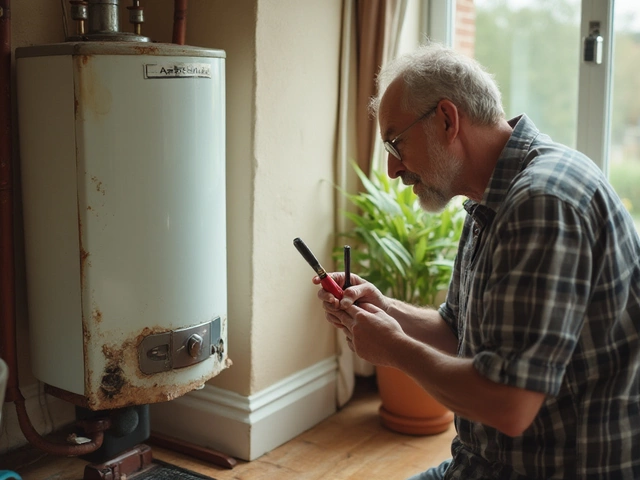When dealing with hot water problems, issues that stop your taps or shower from delivering warm water. Also known as cold shower issues, they can spring from a faulty water heater, a misbehaving boiler or a simple reset button glitch. Understanding how these pieces interact saves you time, money, and endless shivering.
First up, the water heater, the core appliance that heats domestic water. Its key attributes include fuel type (electric or gas), heating element condition, and the high‑limit reset button. When the reset button trips, it signals overheating—a safety measure that, if ignored, can lead to repeated failures. Knowing when to press it safely and when to call a professional prevents damage and restores heat faster.
One major cause is a worn‑out heating element inside the water heater. Over time, mineral buildup reduces efficiency, making the water stay lukewarm. Another frequent culprit is a boiler fault, such as low pressure or a stuck thermostat, which stops the system from sending hot water up the pipes. Both scenarios often produce the same symptom: a cold shower. Spotting the difference early—like checking the pressure gauge on your boiler—helps you target the right fix.
Age plays a hidden role, too. A water heater that’s been running for 15‑20 years may struggle to meet modern demand, especially if it’s a low‑capacity model. Monitoring the lifespan of your heater, as highlighted in our guide on water heater lifespan, lets you plan a replacement before a complete breakdown. Meanwhile, regular flushing removes sediment that saps performance, a quick task that extends life and boosts heat output.
Temperature settings also matter. If the thermostat is set too low, you’ll get a lukewarm rinse even though the system is working. Adjusting the thermostat to a recommended 60 °C balances safety and comfort. For gas‑powered boilers, a faulty igniter can prevent the burner from firing, cutting off heat entirely. Replacing an igniter is usually cheaper than swapping the entire boiler, especially if the unit is still under warranty.
Electrical issues are another hidden factor. A tripped circuit breaker or a blown fuse can deaden the heater without any obvious sign. Checking your home’s fuse box and ensuring the heater’s dedicated circuit is intact can solve the problem in minutes. If you suspect an internal wiring fault, it’s safest to let a qualified technician handle it—electric shocks are no joke.
Water pressure is often overlooked. Low pressure can cause the boiler to shut down as a safety response, leaving the hot water tank starved of flow. Installing a pressure‑boosting pump or fixing a leak in the system restores the proper feed and gets the heat back on track. Conversely, excessively high pressure may trigger the safety valve, also cutting off heat to protect the system.
All these pieces—heater components, boiler health, reset mechanisms, and maintenance habits—interlock to determine whether you enjoy a steaming shower or a chilly rinse. Below, you’ll find a curated set of articles that dive deeper into each cause, walk you through DIY checks, explain when professional help is a must, and show you how to keep your hot water running smoothly for years to come.

Learn fast DIY steps to diagnose and fix a non‑working water heater, plus safety tips, maintenance advice, and when to call a professional.

Discover the workings of a hob, a crucial kitchen fixture that often gets overlooked until it malfunctions. Learn the common issues that can affect its performance and get handy tips on basic repairs and maintenance. Whether you're dealing with burner problems or electrical faults, this guide provides practical advice to keep your hob in top shape. Understand the typical lifespan of these appliances and how to extend it through regular care.

Considering replacing your electric oven on your own? Before you jump into action, it's crucial to understand the steps involved and the potential challenges you might face. From ensuring safety precautions to understanding the basic wiring, this article delves into what you need to know. We'll discuss not only the tools and skills required but also when it's better to call in a professional. By the end, you'll have a clearer picture of whether you should tackle this task yourself or seek expert help.

Keeping your home well-ventilated is essential, and extractor fans play a crucial role in maintaining air quality. Whether you're installing a new fan or repairing an old one, it's important to know who to call. Professional electricians and specialized ventilation technicians are the go-to experts. They ensure fans are properly installed and functioning efficiently, saving you from potential hassles down the road.

Spotting the two most common electric stove problems can make repairs easier. Learn how to catch signs like faulty burners and control issues with clear, helpful steps.

Water heaters are essential in our daily lives, yet they often fail more quickly than expected. Understanding the common causes of these failures can help in preventing them. In this article, we delve into why water heaters often break down prematurely and offer practical tips on extending their lifespan. Regular maintenance and awareness of common issues are key to ensuring your water heater runs efficiently for years.